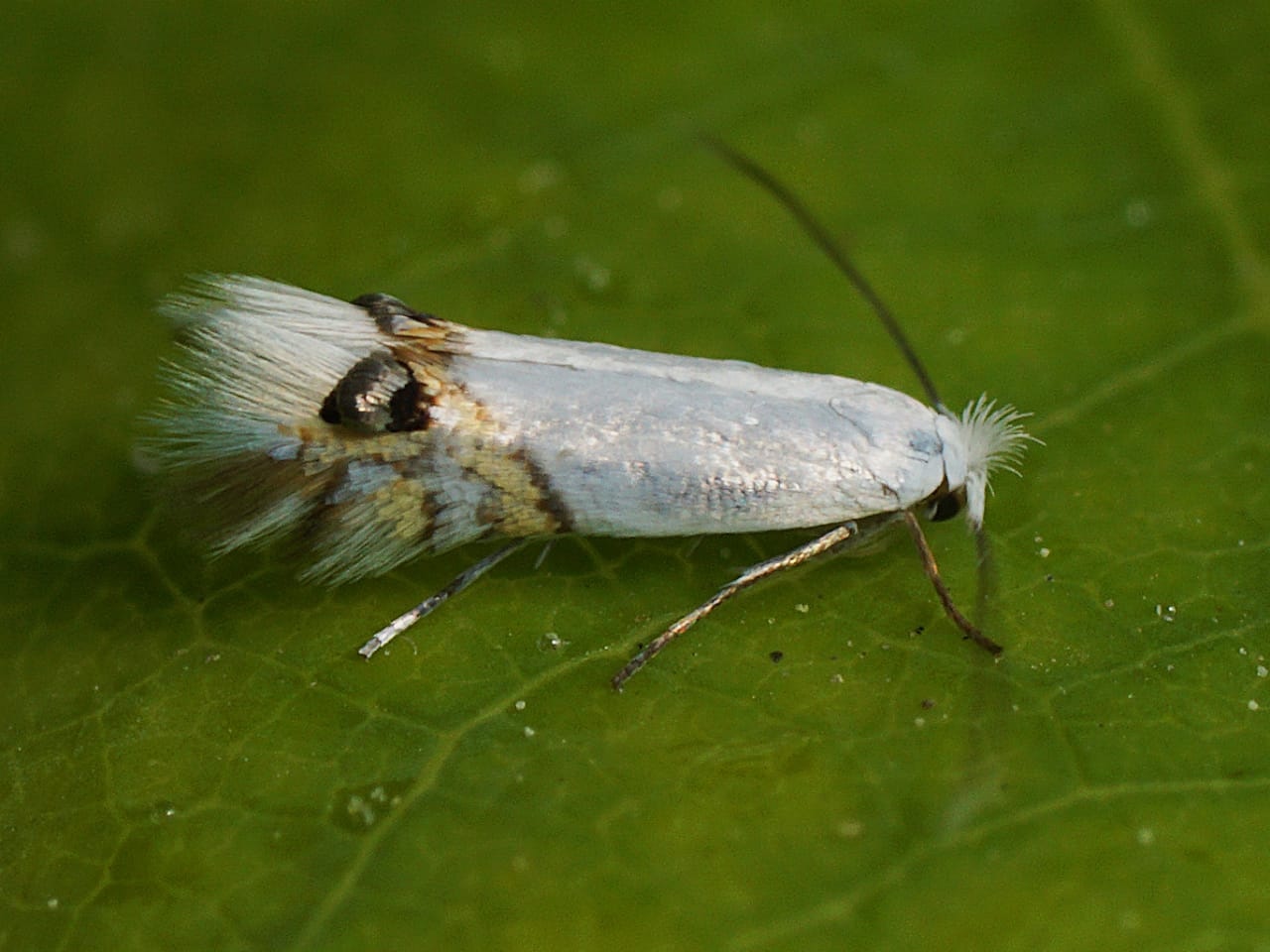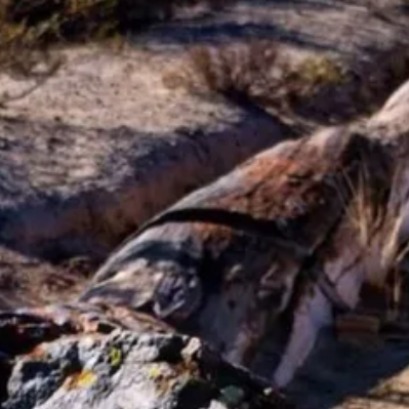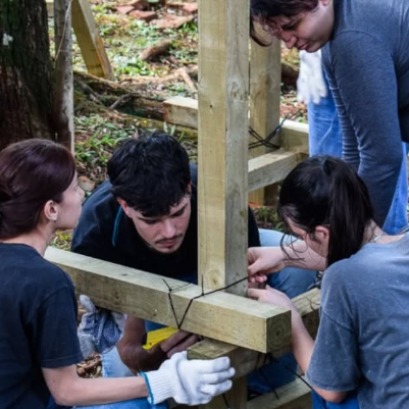
Alert for a new forest pest
Affects poplar and fruit plantations in Patagonia
It is the poplar moth (Leucoptera sinuella), an insect that could affect the production of fruit trees that are close to salicaceae curtains. INTA together with two universities in Chile, Senasa, Conicet and private sector leaders work on the identification, monitoring and management of field management tools. Its early detection is essential to prevent its spread.
The poplar moth (Leucoptera sinuella) is a leaf-mining pest, which was detected for the first time in Chile, in 2015, on curtains of salicaceae -poplars, willows-.
Its detection in Patagonia took place at the beginning of 2023, during an insect monitoring campaign carried out in northern Neuquén by entomologists Federico D'Hervé and Anabel Olave from Senasa and the National University of Comahue respectively, who reported the species to the National Surveillance and Monitoring System (Sinavimo).
Although it is a pest of foresters, in the last generations when the larvae complete their development they can affect the fruit trees surrounding the poplar curtains, which can cause rejections during fresh fruit exports.
For this reason, the Plant Health Area of INTA Alto Valle –Río Negro– together with the Pontificia Universidad Católica de Valparaíso and the Universidad de Talca –Chile–, Senasa, Conicet and private sector references work on the identification, monitoring and management of management tools in the field.
To identify the poplar moth, Silvina Garrido, INTA Alto Valle specialist, described: “Adults are small white moths whose first pair of wings has a black spot and three orange stripes. Its larvae mine the interior of the mesophyll of the leaves and their pupae are covered by a silky white cocoon with a very characteristic “H” shape.

IT MAY INTEREST YOU
 Botanists discover giant trees up to 3,��� years old in Tanzania, unknown until now by science
Botanists discover giant trees up to 3,��� years old in Tanzania, unknown until now by science
Scientists have identified a new species of giant tree, Tessmannia princeps, in the Udzungwa Mountains. This species had never before been recorded by science.
 The forest of the oldest shadows: the story of the petrified trees
The forest of the oldest shadows: the story of the petrified trees
One of the natural treasures of Río Negro turns 23 years old under the protection law that allows its conservation. Where it is and how it was formed. Río Negro celebrates 23 years of conservation in the petrified forest as a Protected Natural Area (ANP). It is a space of 625 hectares that protects an exceptional site of fossil trunks that date back more than 60 million years.
 Architecture with identity: university students from Argentina and Paraguay design and build with missionary wood
Architecture with identity: university students from Argentina and Paraguay design and build with missionary wood
The Faculty of Art and Design (FAyD) of the National University of Misiones (UNaM) hosted the inauguration of the first edition of “Yvyvyrá: territory, matter and architecture”, an international workshop that promotes learning, experimentation and architectural design using wood and other materials typical of the biomes of the Atlantic Forest (Paranaense Forest) and the Humid Chaco.





















